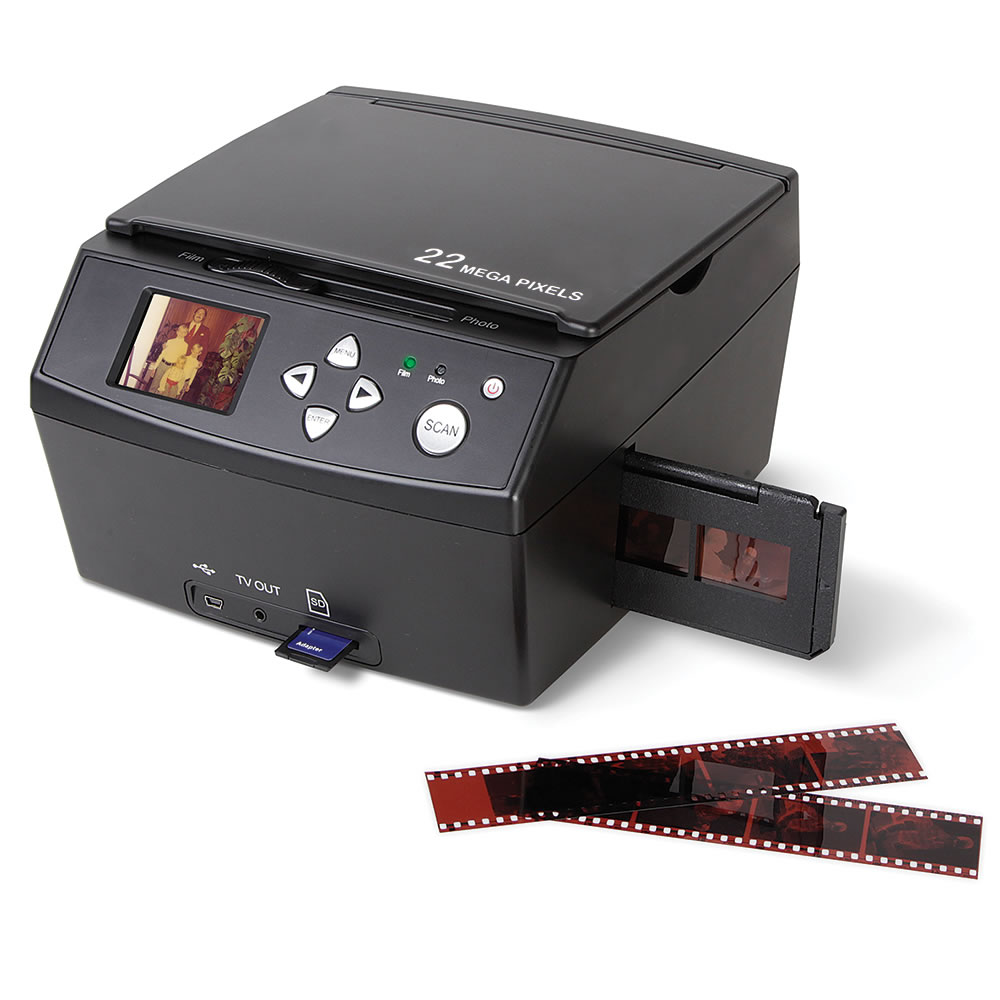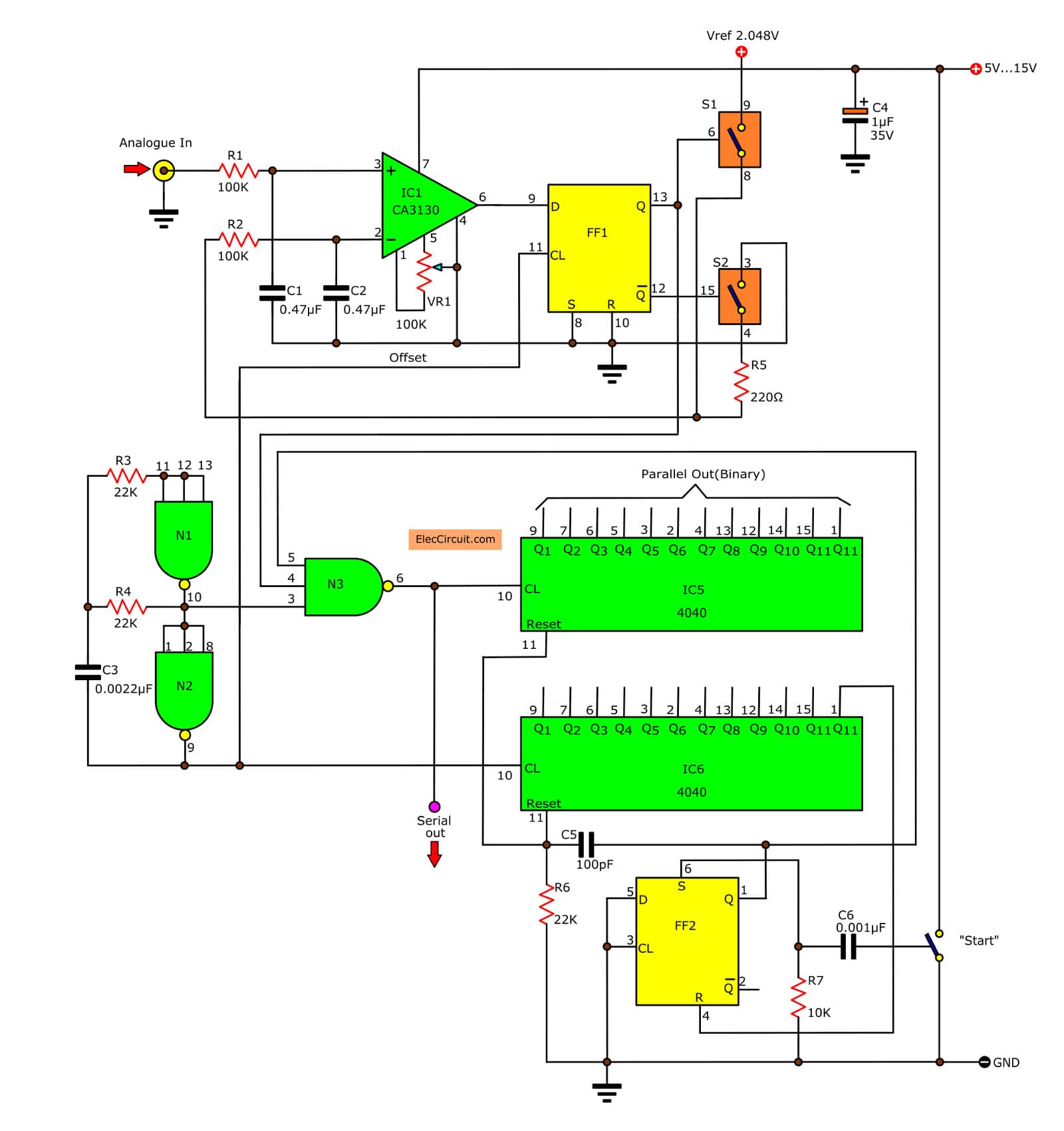

- Convert photos to digital how to#
- Convert photos to digital series#
- Convert photos to digital download#
- Convert photos to digital free#
This method involves placing the negative on a lightbox and taking a photograph of it using a digital camera. One way to digitize negatives is by using a digital photo camera. All these features make this the safest and fastest way to ship your precious memories to us for scanning! Use DSLR Your photos will be shipped in a crush-proof box with pre-filled labels provided for easy recognition and delivery.

We take care of the entire process for you, right from providing a secure shipping box at your doorstep with all necessary items for shipment, to priority shipping and tracking information. With our 3-way shipping kit, you can quickly and safely send us your photos, slides or negatives to scan. Use the Scanning Kit from Forever Studios
Convert photos to digital download#
You can preview and share your photos using Forever Cloud.Īfter that, we'll send you your photos on the disc, USB, or you can download them from Forever Cloud during the next 30 days. We digitize your files and send you photos online.

Convert photos to digital free#
Once you've loaded the negatives in the scanning adapter, ensure that they are clean and free of dust. To scan negatives, you'll need to use a scanner with a film adapter. Ensure that you handle the negatives with clean and dry hands. You'll need a digital scanner that can handle negatives, a computer with photo editing software, a microfiber cloth, and plastic sheets or containers. Start by preparing a working space that is clean, dry, and free of dust. Negatives require extra care due to their fragile and delicate nature. However, in the modern world not every person has access to the dark room, so it’s always better to ask professionals for help. There is a sense of satisfaction that comes with creating something tangible with your own hands, and darkroom photography continues to provide a unique and rewarding experience for those who enjoy the art of film photography. While the process may seem daunting to beginners, with practice and patience, one can achieve stunning results. The use of specific chemicals and timing is crucial to producing a high-quality image with proper contrast and clarity.
Convert photos to digital series#
The process involves carefully exposing the negative to light through an enlarger, developing the image in a series of chemical baths, and carefully drying the final product. When it comes to processing negatives in a dark room environment, precision and attention to detail are key. As technology continues to evolve, the digitalization of traditional photography is becoming an increasingly popular practice.
Convert photos to digital how to#
Now that you know why it's called a negative, let's talk about how to digitize them in different ways. Because the negative looks like a reverse image of the subject, it's often called a "negative" rather than a "positive." How to Scan Negatives? Negative Film to Photo The camera focuses the light reflected off an object through a lens onto the emulsion, and the resulting negative inversion is what creates the printed image. This film is coated on both sides with an emulsion that contains light-sensitive silver salts. Why are Negatives Called Negatives?įirstly, it's essential to understand that the word "negative" refers to a type of film that captures a photographic image of a scene in reverse. In this post, we'll explore the reasons behind the term "negative", talk about the ways to digitize your negatives and what to do with film after scanning.

Unfortunately, not everyone is familiar with photo scanning and questions remain about why negatives have such an unusual name. However, avid photographers and hobbyists frequently use them to produce high-quality prints of their photos. Today, in the age of digital photography, negatives might seem like a throwback to a lost era.


 0 kommentar(er)
0 kommentar(er)
